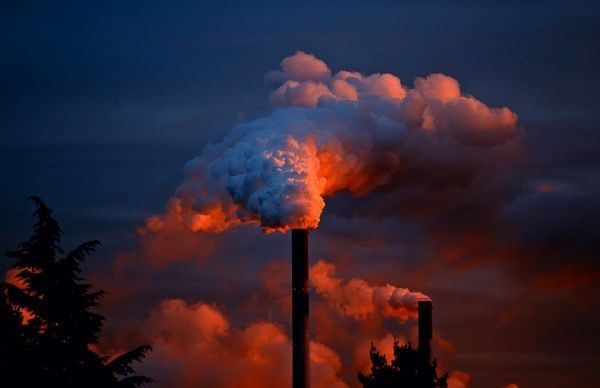Study is the first to examine social disparities in location of emissions
California law requires 25 percent of the revenue from the state’s cap-and-trade program, designed to limit emissions of greenhouses gases like carbon dioxide, to be invested in measures that benefit disadvantaged communities. But a newly published study by San Francisco State University, the University of California, Berkeley and others comparing emissions before and after the program began in 2013 found that disadvantaged communities are not yet benefitting — and have actually seen an increase in pollutants.
“Good climate policy is good for environmental justice,” said SF State Assistant Professor of Health Education Lara Cushing, the study’s lead author. “What we’ve seen from our study is that so far, California’s cap-and-trade program hasn’t really delivered on that potential.”
California is a world leader in adopting ambitious greenhouse gas reduction targets and boasts the world’s fourth-largest carbon-trading program. The program caps total greenhouse gas emissions in the state but allows individual companies to increase their emissions by purchasing pollution “allowances” from other companies that pollute less. Each year, the cap is lowered.
According to the study, total emissions statewide remained below the allowable limit since the program took effect. Yet at the same time, 52 percent of facilities regulated under the program reported higher average annual in-state greenhouse gas emissions after the program began — and most of those facilities are located in disadvantaged communities.
Read more at San Francisco State University
Photo Credit: JuergenPM via Pixabay


